
Lectures_micro / Microeconomics_presentation_Chapter_19
.pdf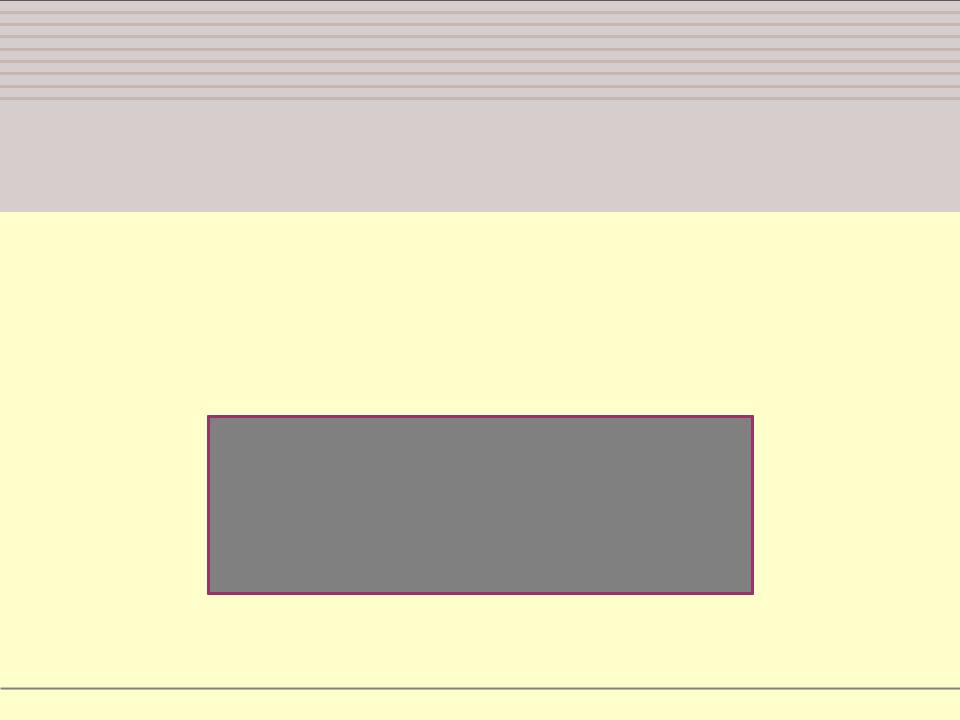
chapter:
19
>>The Economics of the Welfare State
Krugman/Wells
Economics
©2009 Worth Publishers
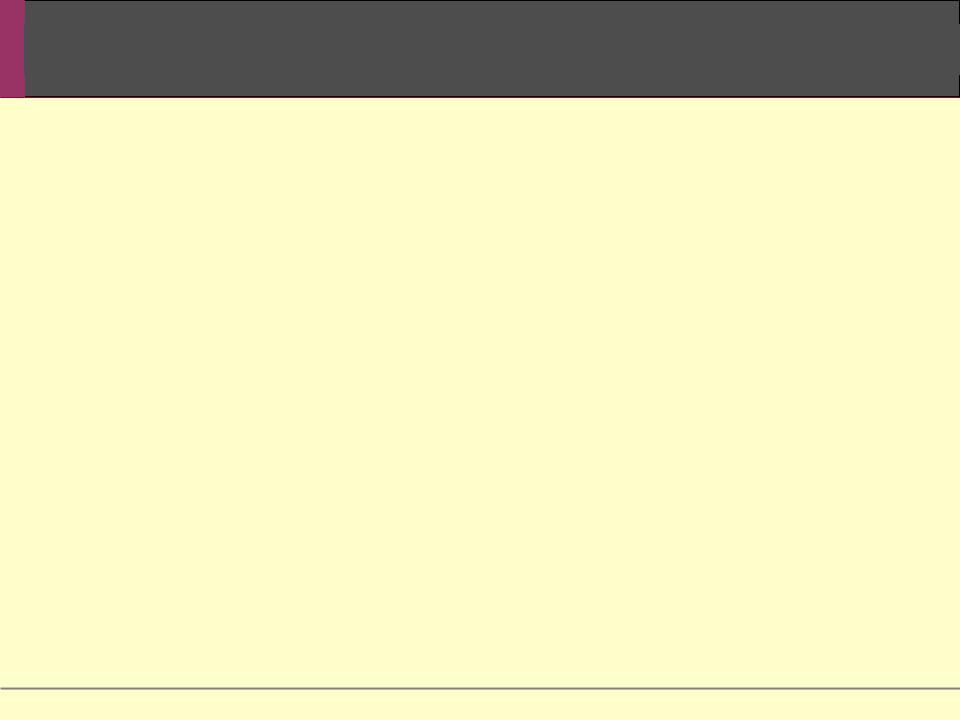
WHAT YOU WILL LEARN IN THIS CHAPTER
What the welfare state is and the rationale for it
What defines poverty, what causes poverty, and the consequences of poverty
How income inequality in America has changed over time
How programs like Social Security affect poverty and income inequality
The special concerns presented by health care insurance
Why there are political differences and debate over the size of the welfare state


 Poverty, Inequality, and Public Policy
Poverty, Inequality, and Public Policy
The welfare state is the collection of government programs designed to alleviate economic hardship.
A government transfer is a government payment to an individual or to families—that provide financial aid to the poor, assistance to unemployed workers, guaranteed income for the elderly, and assistance in paying medical bills for those with large health care expenses.


 The Logic of the Welfare State
The Logic of the Welfare State
One major rationale for the welfare state is alleviating income inequality.
A poverty program is a government program designed to aid the poor.
A second major rationale for the welfare state is alleviating economic insecurity.
A social insurance program is a government program designed to provide protection against unpredictable financial distress.


 The Logic of the Welfare State
The Logic of the Welfare State
These two rationales for the welfare state are closely related to the ability-to-pay principle (see Chapter 7).
The ability-to-pay principle was used to justify progressive taxation.
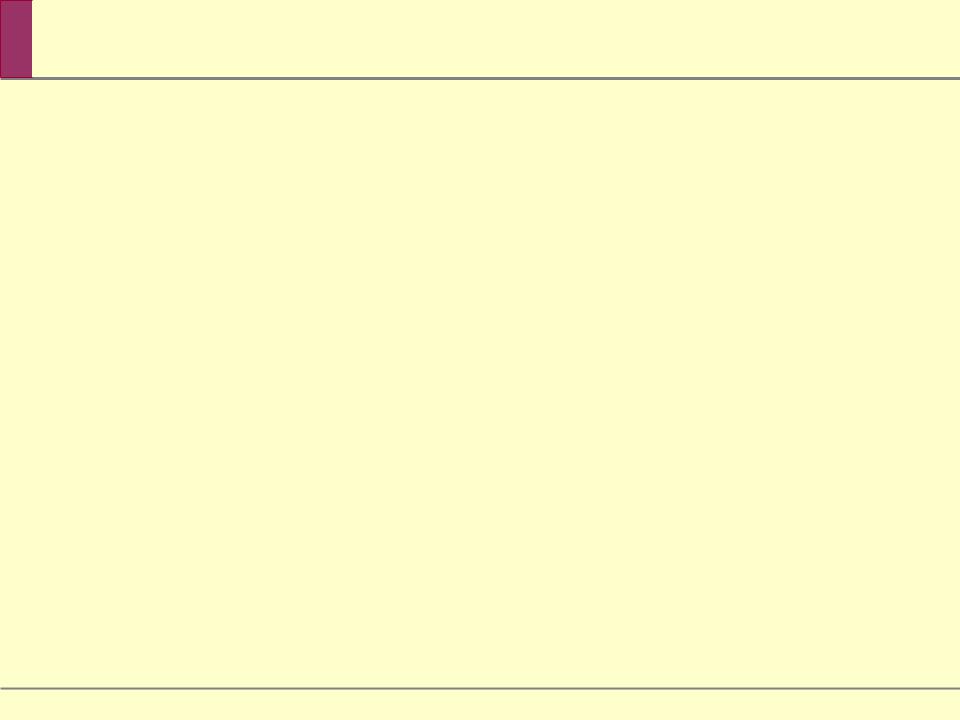

 The Logic of the Welfare State
The Logic of the Welfare State
The ability-to-pay principle says that people with low incomes should pay a smaller fraction of their income in taxes than people with higher incomes.
The same principle suggests that those with very low incomes should actually get money back from the tax system.
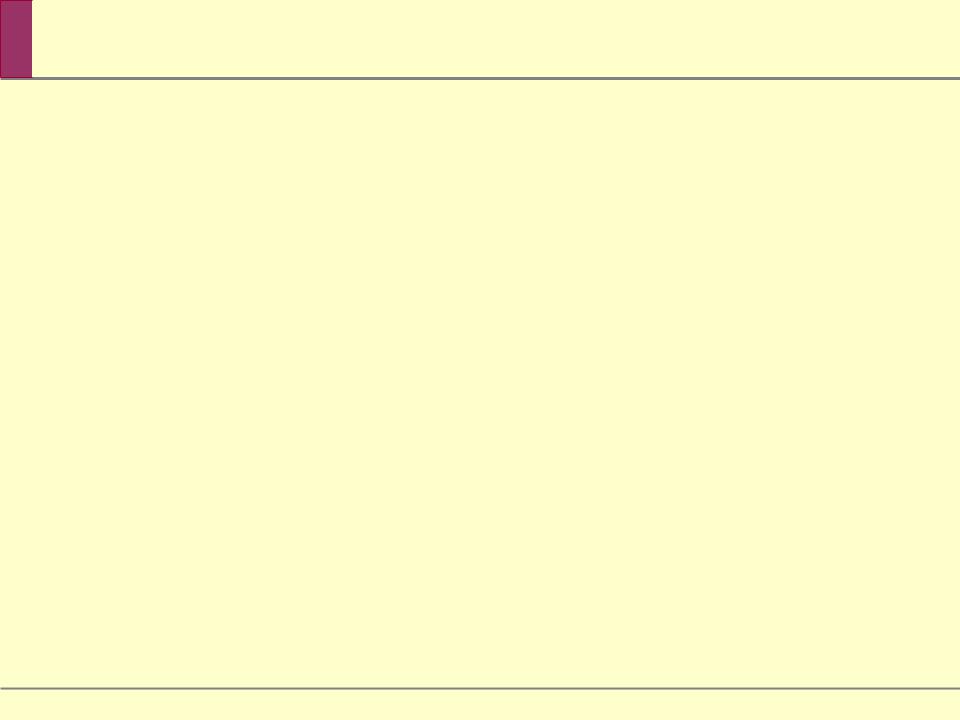

 The Problem of Poverty
The Problem of Poverty
The poverty threshold is the annual income below which a family is officially considered poor.
The poverty rate is the percentage of the population with incomes below the poverty threshold.
The following graph shows the U.S. poverty rate since 1959.
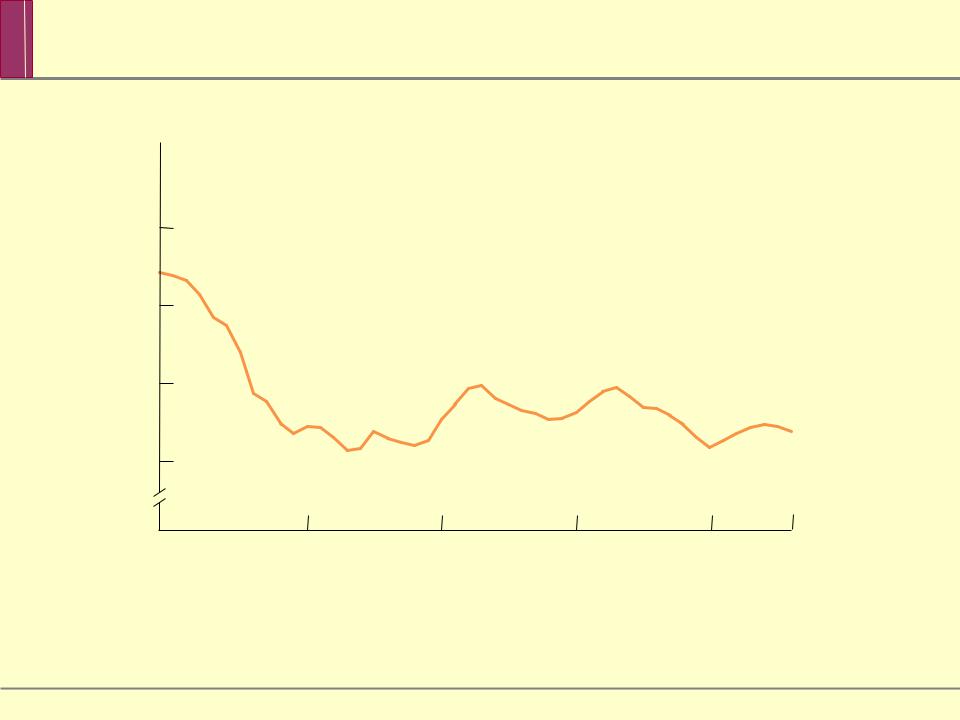
Trends in the U.S. Poverty Rate, 1959–2006
U.S. Poverty Rate
25%
20
15
10
1959 |
1970 |
1980 |
1990 |
2000 |
2006 |
|
|
|
|
|
Year |
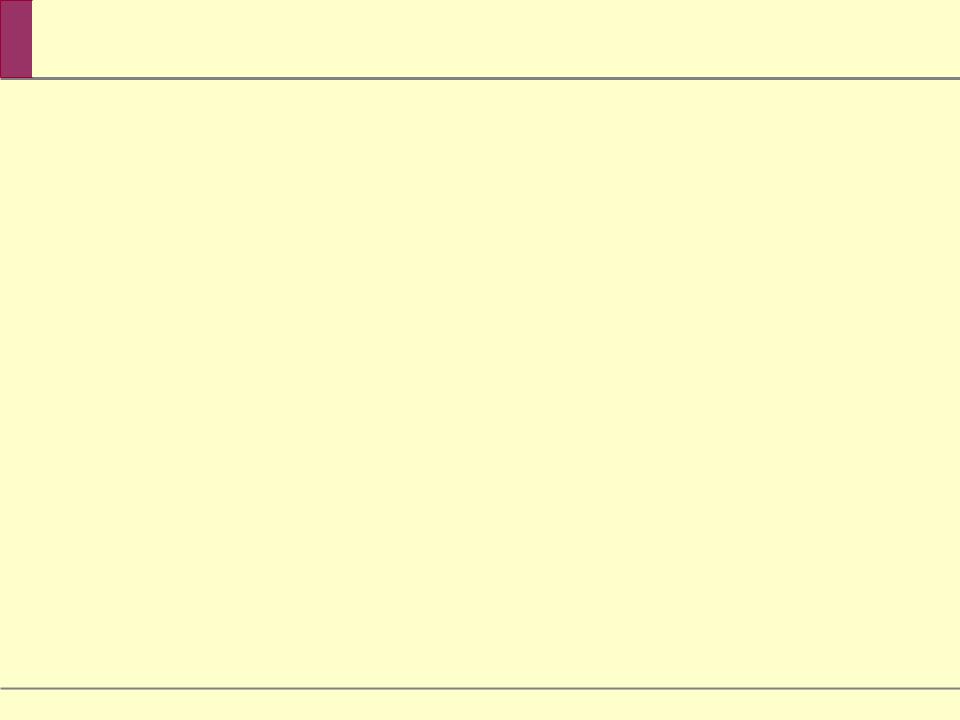

 Who Are the Poor?
Who Are the Poor?
In 2006, about 36.5 million Americans were in poverty—12.3% of the population, or about one in eight persons.
About one-quarter of the poor were African-
American and a roughly equal number were Hispanic. Within these two groups, poverty rates were well above the national average: 24.3% of African-Americans and 20.6% of Hispanics.
But there was also widespread poverty among nonHispanic Whites, who had a poverty rate of 8.2%.
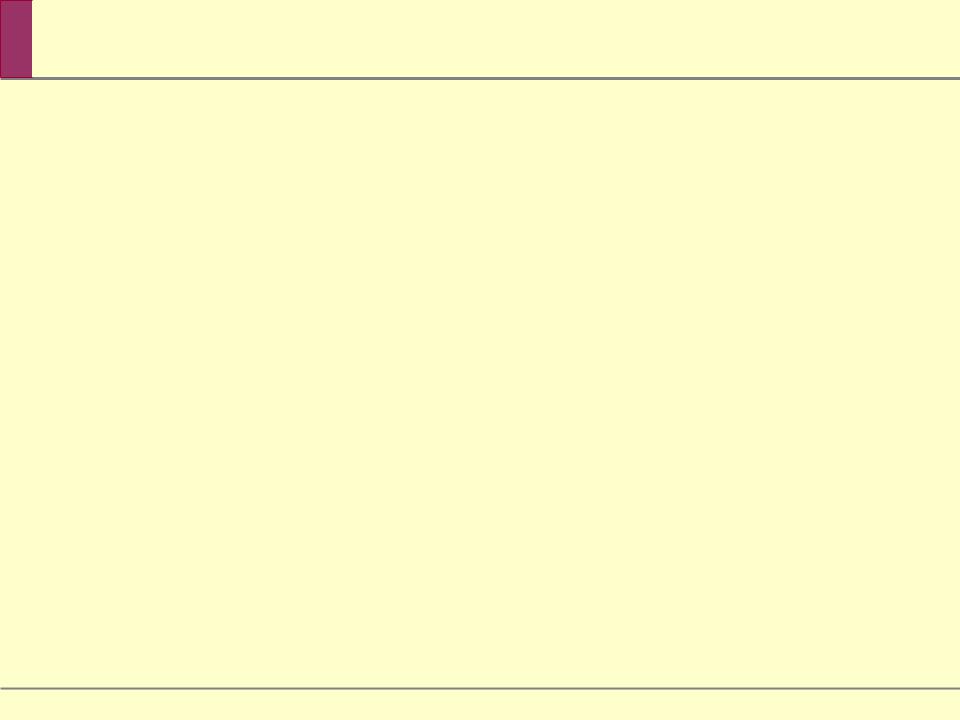

 Who Are the Poor?
Who Are the Poor?
Adults who work full-time are very unlikely to be poor: only 2.7% of full-time workers were poor in 2006.
Adults who worked part-time or not at all during the year made up 88.3% of the poor in 2006.
